#Capra cylindricornis
Explore tagged Tumblr posts
Text
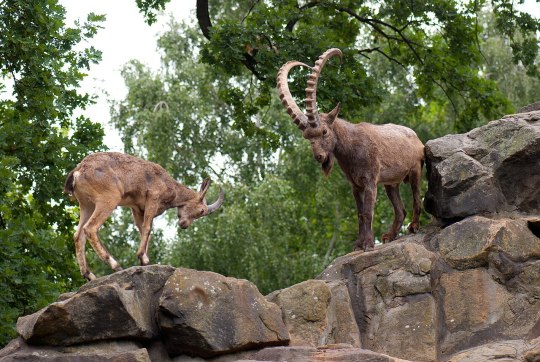


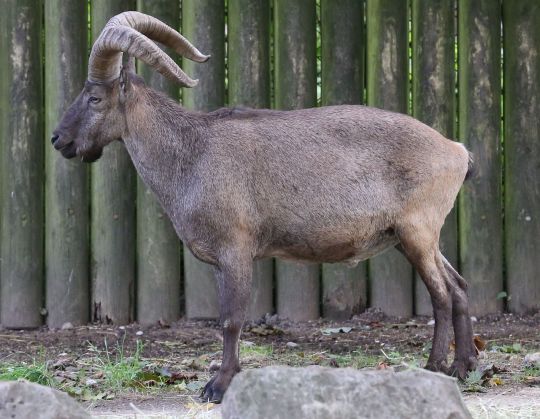

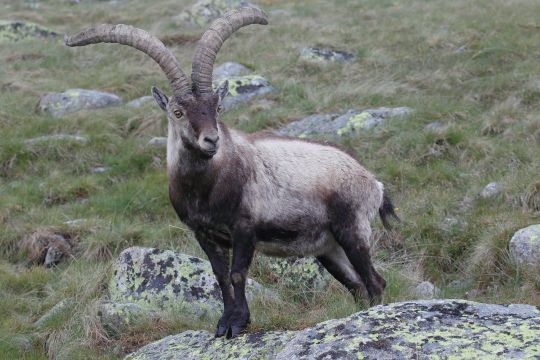
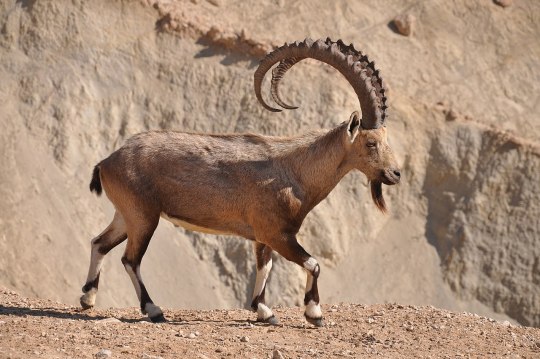

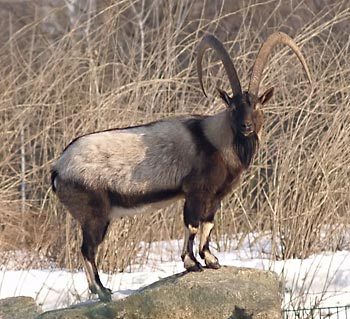

#poll#random polls#poll time#my polls#tumblr polls#polls#tumblr poll#fun polls#polls on tumblr#polls are fun#goat#goats#animal#ibex#alpine ibex#nubian ibex#Siberian ibex#Capra sibirica#Markhor#Capra falconeri#Alpine Ibex#Capra ibex#East Caucasian Tur#Capra cylindricornis#West Caucasian Tur#Capra caucasica#Iberian Ibex#Capra pyrenaica#Nubian Ibex#Capra nubiana
118 notes
·
View notes
Photo

East Caucasian tur Capra cylindricornis
Observed by tcager, public domain
30 notes
·
View notes
Video
Cabra montés o íbice ibérico "Capra pyrenaica" Monte Pina CASTELLON 1.39...
La cabra montés o íbice ibérico. (Capra pyrenaica) es una de las especies de bóvidos del género Capra que existen en Europa. Antiguamente repartido por el sur de Francia, Andorra, España y Portugal, la cabra montés es un endemismo que actualmente se encuentra principalmente en las áreas montañosas de España y del norte de Portugal. Las otras especies del género son el íbice alpino o cabra de los Alpes (Capra ibex), el íbice siberiano (Capra sibirica), el tur del Cáucaso occidental (Capra caucasica), el tur del Cáucaso oriental (Capra cylindricornis), la cabra salvaje o cabra bezoar (Capra aegagrus), el marjor (Capra falconeri), el íbice de Nubia (Capra nubiana) y el íbice de Etiopía (Capra walie).
0 notes
Photo




Dagestan Tur.
1K notes
·
View notes
Text
Los tures en el Record Book del SCI
Los tures en el Record Book del SCI
Marcial Gómez Sequeira con el tur del Cáucaso central que cazó en octubre de 2012, actual nº 17 del Record Book con 144 5/8″.
Actualmente el Safari Club Internacional (SCI) reconoce tres tures del Cáucaso en el Record Book en su hábitat natural: tur oriental o de Daguestán (Capra cylindricornis); tur del Cáucaso central (Capra caucasica caucasica); y tur occidental o de Kubán (Capra caucasica…
View On WordPress
#Arrui#baral#Boc balear#capra#Capra caucasica#Capra cylindricornis#carneros salvajes#Cáucaso#caza#caza de montaña#caza del tur#cazadores#íbices#macho montés#makores#Marcial Gómez Sequeira#Safari Club Internacional#tur
0 notes
Text

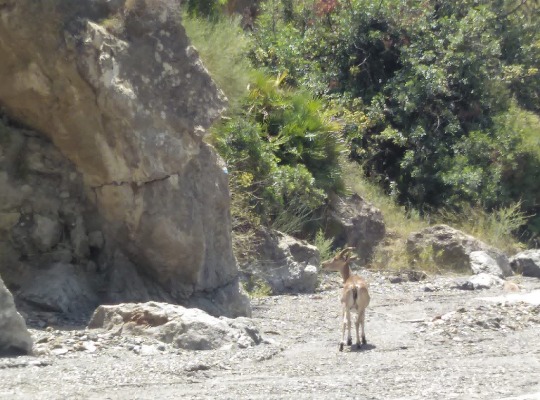

Cabras en el barranco de Sopalmo, en Mojácar, Almería (España) (julio de 2020)
Capra pyrenaica. La cabra montés o íbice ibérico es una de las especies de bóvidos del género Capra que existen en Europa. Las demás especies del género son el íbice alpino (Capra ibex) y el siberiano (Capra sibirica), el tur del Cáucaso occidental (Capra caucasica) y el del Cáucaso oriental (Capra cylindricornis), así como la cabra salvaje o cabra bezoar (Capra aegagrus), el marjor (Capra falconeri), y los íbices de Nubia (Capra nubiana) y de Etiopía (Capra walie). Antiguamente repartida por el sur de Francia, Andorra, España y Portugal, hoy la cabra montés se encuentra principalmente en áreas montañosas de España y del norte de Portugal, aunque se halla en clara expansión.
Esta especie se desenvuelve por igual de día y de noche, aunque sus máximas horas de actividad se localizan por la mañana y a finales de la tarde, cerca del crepúsculo. En invierno desarrollan su actividad en las horas centrales del día, que es cuando hace más calor.
Son animales sociables, pero cambian a menudo de manada. Esta puede estar constituida por machos adultos, hembras con sus crías o adolescentes de ambos sexos (en este último caso, solo durante el verano).
0 notes